Comet 3I/ATLAS “really did arrive with fantastic timing.”
matthew hopkins, How an Interstellar Interloper Spurred Astronomers into Action


Comet 3I/ATLAS “really did arrive with fantastic timing.”
matthew hopkins, How an Interstellar Interloper Spurred Astronomers into Action
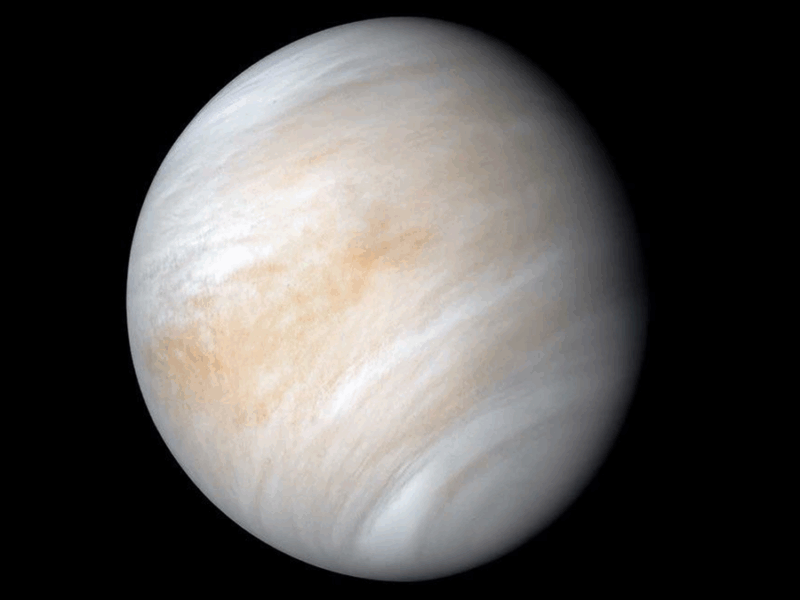
Venus’s rotation axis is not where it should be – but atmospheric torques, not mantle convection, are likely responsible.
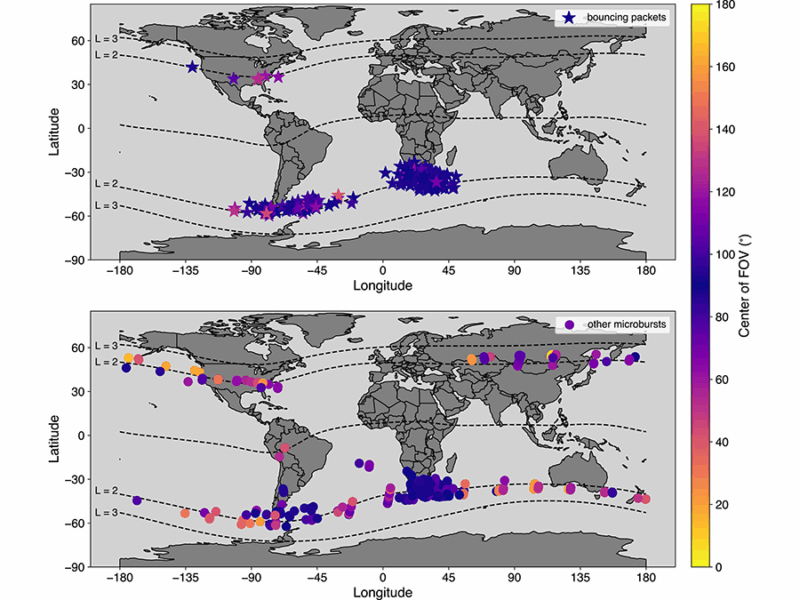
A long-term study of MeV electron burst events detected in the inner radiation belt and slot region was used to determine the electron belt decay times.
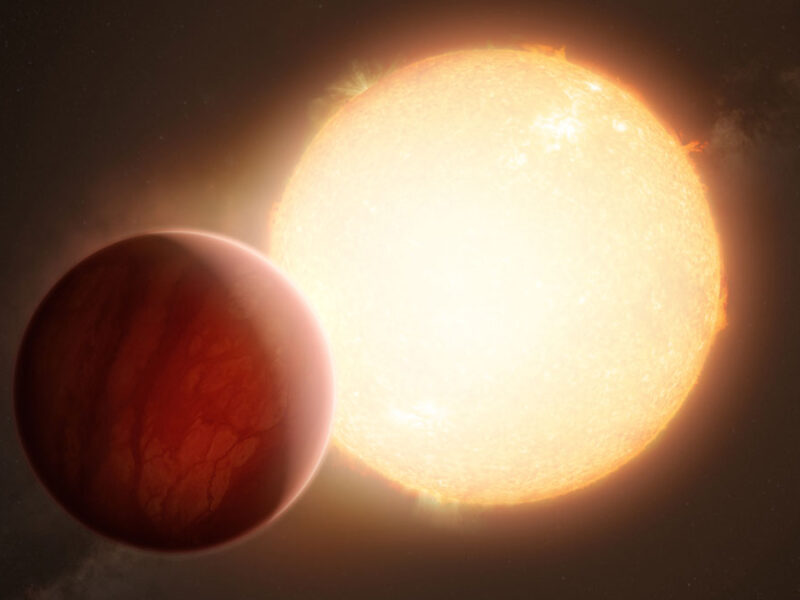
A sampling of aging Sun-like stars demonstrates that they likely eat their closest planets.
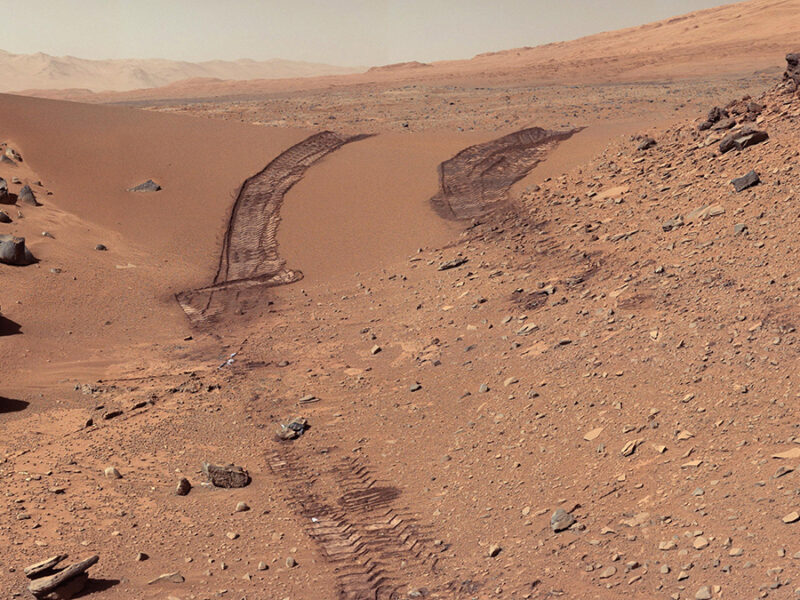
A new study offers tantalizing evidence that filamentous fungi extending from roots, along with treated astronaut waste, could provide sufficient scaffolding to help plants grow in planetary regolith.

…Except for Mab, which is even weirder than expected.

A “very large roll” of a radar instrument offers new insight into a highly reflective area near the Martian south pole.
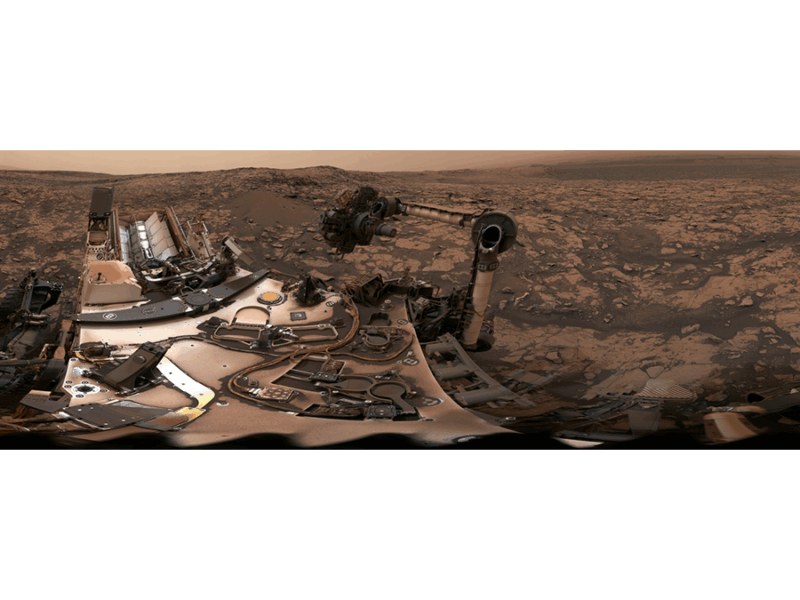
Regular, alternating layers in Gale Crater may have been deposited as the result of tides raised by a moon at least 18 times the mass of Phobos, a study says.

A new analysis of old Cassini data has also verified past detections of complex organics in Saturn’s E ring, strengthening the chemical ties between the ring and its progenitor.
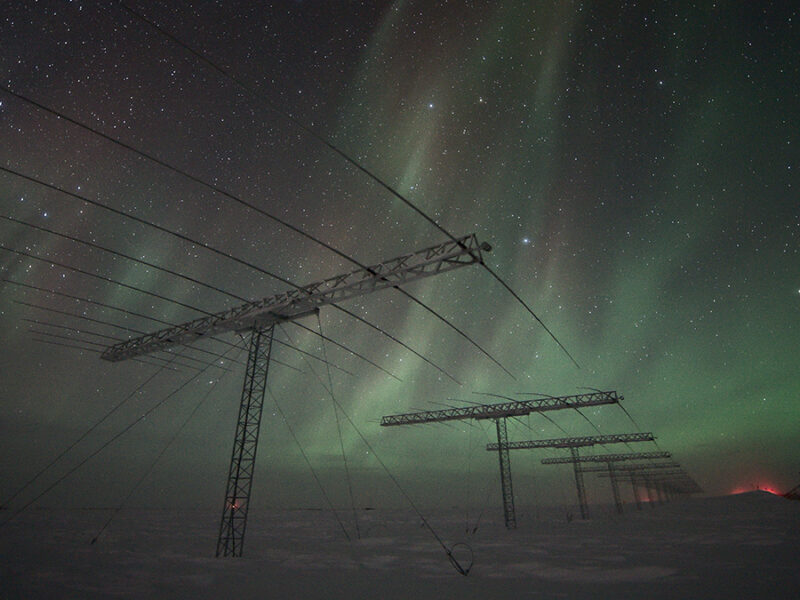
This could be bad news for satellites and spacefarers.
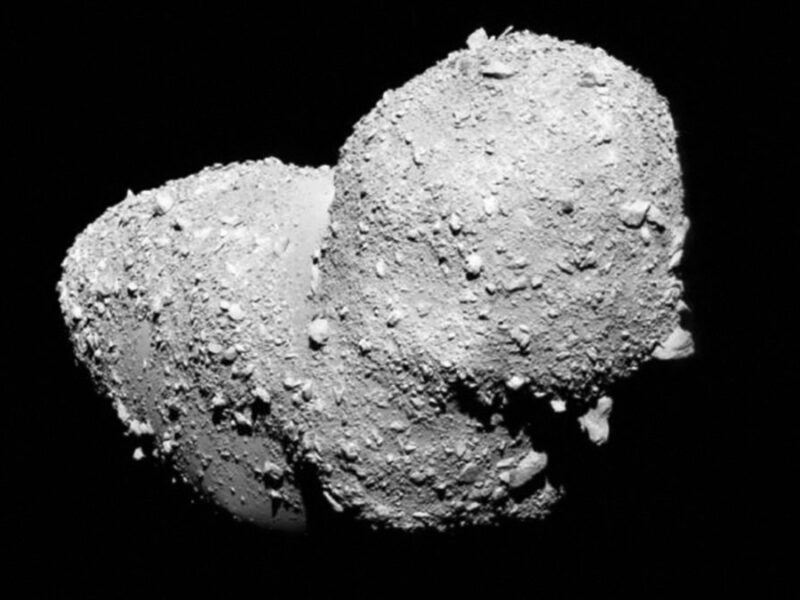
Data from the Gaia space observatory reveal that many slowly spinning asteroids rotate chaotically. A new theory links that chaos to their inner structure and history.
Something went wrong. Please refresh the page and/or try again.